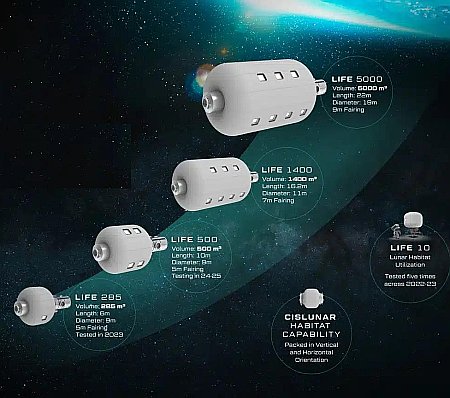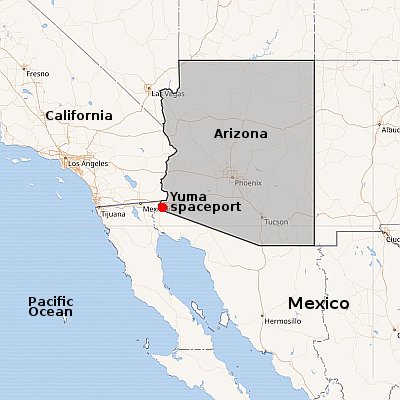Part 1 of 2: What NASA’s next administrator should do if SLS and Orion are cancelled
When George Bush Jr. first proposed in 2004 an American long term effort to return to the Moon that has since become the Artemis program, he made it clear that the goal was not to simply land in 2015 and plant the flag, but to establish an aerospace industry capable of staying on the Moon permanently while going beyond to settle the entire the solar system.
The problem was that Bush proposed doing this with a government-built system that was simply not capable of making it happen. Though this system has gone through many changes in the two decades since Bush’s proposal, in every case it has been centered on rockets and spacecrafts that NASA designed, built, and owned, and were thus not focused on profit and efficiency. The result has been endless budget overruns and delays, so that two decades later and more than $60 billion, NASA is still years away from that first Moon landing, and the SLS rocket and Orion capsule that it designed and built for this task are incapable of establishing a base on the Moon, no less explore the solar system.

The expected real per launch cost of SLS and Orion
For one thing, SLS at its best can only launch once per year (at a cost of from $1 to $4 billion per launch, depending on who you ask). There is no way you can establish a base on the Moon nor colonize the solar system with that launch rate at that cost. For another, Orion is simply a manned ascent/descent capsule. It is too small to act as an interplanetary spacecraft carrying people for months to years to Mars or beyond.
These basic design problems of both SLS and Orion make them impractical for a program to explore and colonize the solar system. But that’s not all. Orion has other safety concerns. Its heat shield has technical problems that will only be fixed after the next planned Artemis-2 manned mission around the Moon. Its life support system has never flown in space, has issues also, and yet will also be used on the next manned flight.
Thus, it is very likely that when Jared Isaacman, Trump’s appointee for NASA administrator, takes over running the agency, he will call for the cancellation of both SLS and Orion. How can he ask others to fly on such an untested system?
When he does try to cancel both however the politics will require him to offer something instead that will satisfy all the power-brokers in DC who have skin in the game for SLS/Orion, from elected officials to big space companies to the bureaucrats at NASA. Isaacman is going to have to propose a new design for the Artemis program that these people will accept.
Artemis without SLS and Orion
Before I propose what Isaacman should do, let’s review what assets he will have available within the Artemis lunar program after cancelling these two boondoggles.
» Read more







